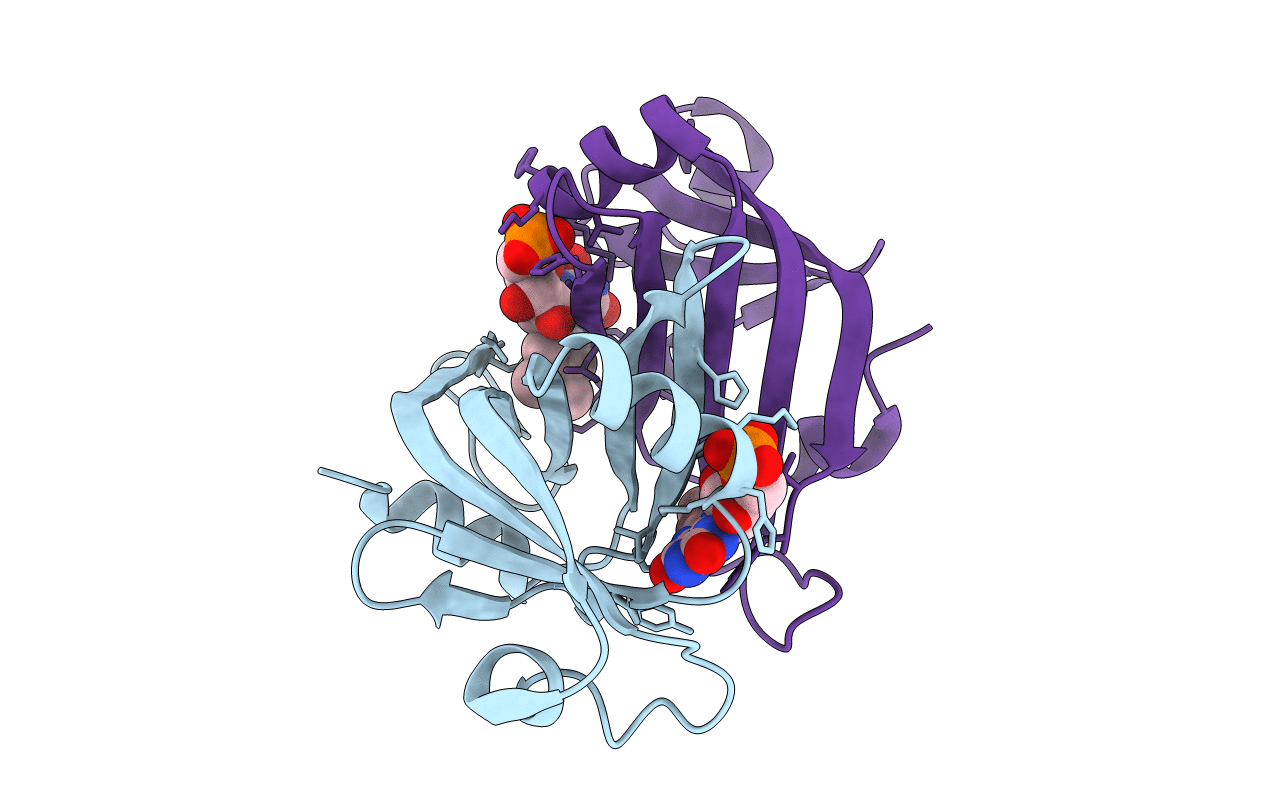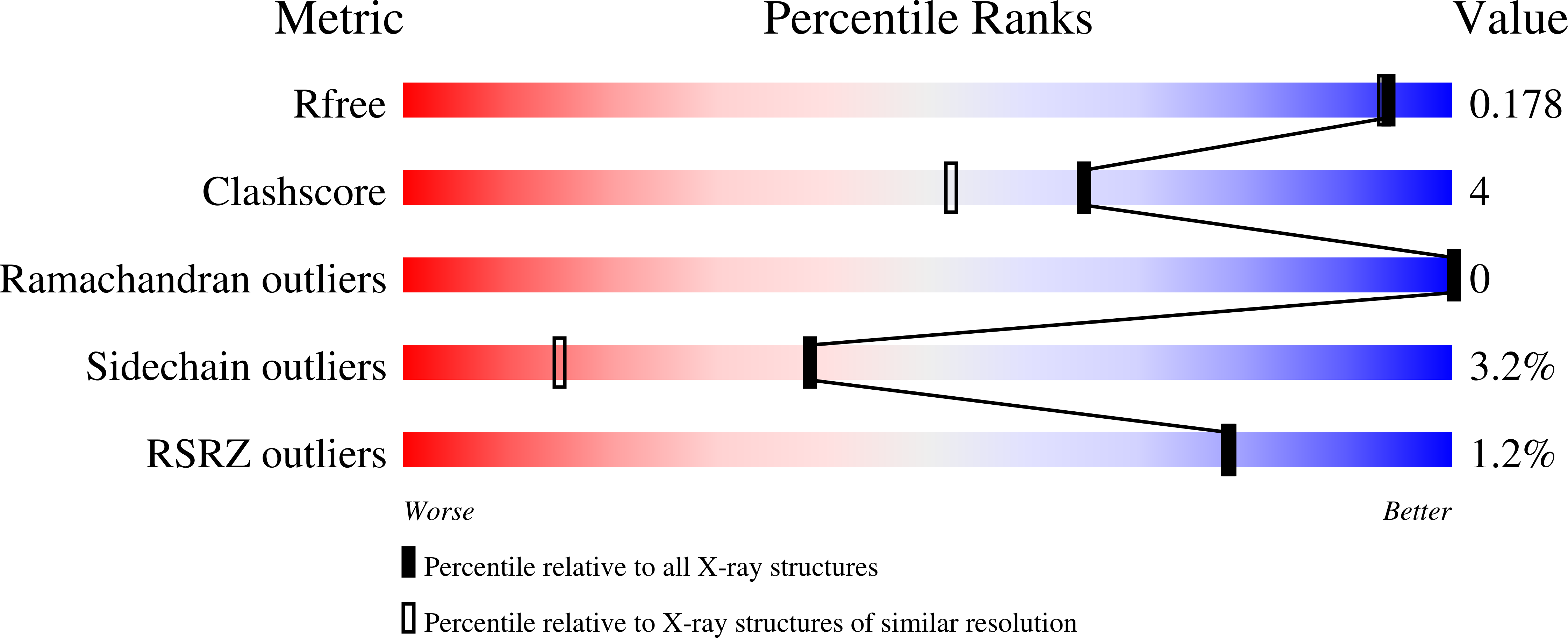
Deposition Date
2004-06-28
Release Date
2005-07-19
Last Version Date
2023-10-25
Entry Detail
PDB ID:
1WLI
Keywords:
Title:
L122Y mutant of FMN-binding protein from Desulfovibrio vulgaris (Miyazaki F)
Biological Source:
Source Organism:
Desulfovibrio vulgaris str. 'Miyazaki F' (Taxon ID: 883)
Host Organism:
Method Details:
Experimental Method:
Resolution:
1.60 Å
R-Value Free:
0.18
R-Value Work:
0.15
R-Value Observed:
0.15
Space Group:
P 1 21 1


